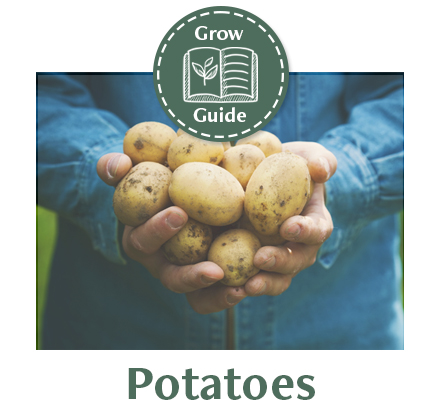

Carrots make for a great low-calorie low-fat snack and are packed with vitamins and nutrients.
A single large carrot about 20cm long will contain 30 calories, up to 1g fat, 3.41g of sugar and 50mg sodium.
They’re a brilliant source of vitamin A, boasting over 200% of your daily requirements. We need vitamin A for maintaining our eye health and helping cells to grow. Along with vitamin A, each carrot contains vitamin C, E and K as well as potassium and magnesium.
The fibre found within carrots will fill you up for longer and contributes to good digestion and nutrient absorption. Beta-carotene may help prevent a multitude of aging-related health problems such as prostate cancer and coronary heart disease.
To get the most from your carrots eat them raw, freezing any gluts but can otherwise be boiled although this may lose some of the nutrients.

A great choice for those who are looking for a quick growing crop that doesn’t require a lot of space. They can even be grown in containers, making them ideal for balconies as well as allotment size patches.
We suggest trying more colourful varieties to bring visual excitement to your salad bowl and taste something different to what the supermarkets offer.


Sowing can start from February but by sowing small batches throughout until July will allow you to have fresh carrots from early summer through until October.
Each variety will vary when they can be sown, so check the packet to see if the cultivar is early or
main crop. For varieties that can be sown early in the year use a cloche or similar protection to shield the plants from frosts.
For the best results aim to sow as thinly as possible, about 1cm deep and in rows spaced 15-30cm apart. You may require thinning plants out later, allowing for about 5cm between each plant.

Carrots do well in a sunny, open location in fertile, well-drained soil. In areas where soil tends to be stony, heavy clay or shallow we suggest growing carrots in a deep container or as those soil conditions can result in stunted or forked crop.


Carrots make a great first crop for beginners to the world of Grow Your Own and gardening in general as they can tolerate drought, meaning forgetting the odd watering isn’t a problem. They will, however, require more attention to watering during long dry spells when a good soaking will be required.
Like most crops and flowerbeds keeping on top of the weeding will mean the plants won’t have to compete for space or nutrients. A quick hand weeding is all that is needed for this.

Carrot Root Fly
The main pest for carrots are carrot root flies that lay their eggs at soil level near the shoulder of the carrot, the larvae once hatched then eat into the roots. This in turn causes the carrots to rot underground making for a disappointing harvest in time.
Carrot root flies are typically more of an issue for early varieties so delaying sowing until later in the year can limit the attack.
Covering the plants with fleece, securing down the edges will prevent the female flies who fly low from reaching your crop.
Parsnips and celery can attract the female flies, so avoid planting too close to your carrot crops, or try planting your carrots randomly throughout your veg plot, making it harder from the flies to find your crop.
Companion planting can deter the pests and also enhance your kitchen garden. Strong-smelling alliums such as chives and garlic are off putting to the flies, so by planting a row either side of your carrots should reduce the chance of the pests visiting your crop.
We also advise rotating your crops each year to avoid overwintering pupae in the soil from hatching onto your follow year’s crop.
Aphids
Aphids are another pest to look out for, living in colonies on the soft shoots of the plants. They suck sap from the plants and in turn excrete sticky honeydew which can result in black sooty moulds.
Simply squash the aphids between your finger and thumb to rid the plant of the pests.

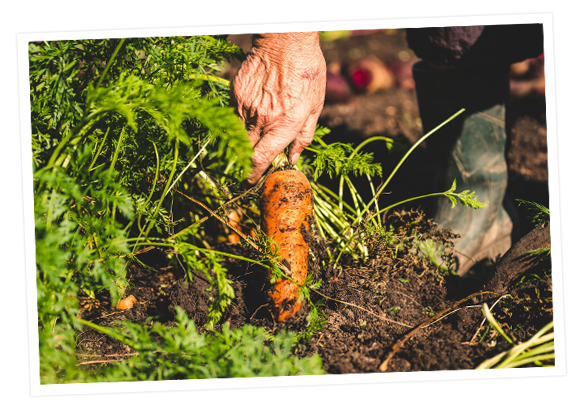
These quick growers are ready to harvest after 12-16 weeks from sowing. They should be easy to pull from the ground but in the case of heavy soils simply lift from the ground with a fork.
We suggest to harvest when the carrots are big enough to use, by waiting for super-sized carrots you may end up sacrificing flavour.





